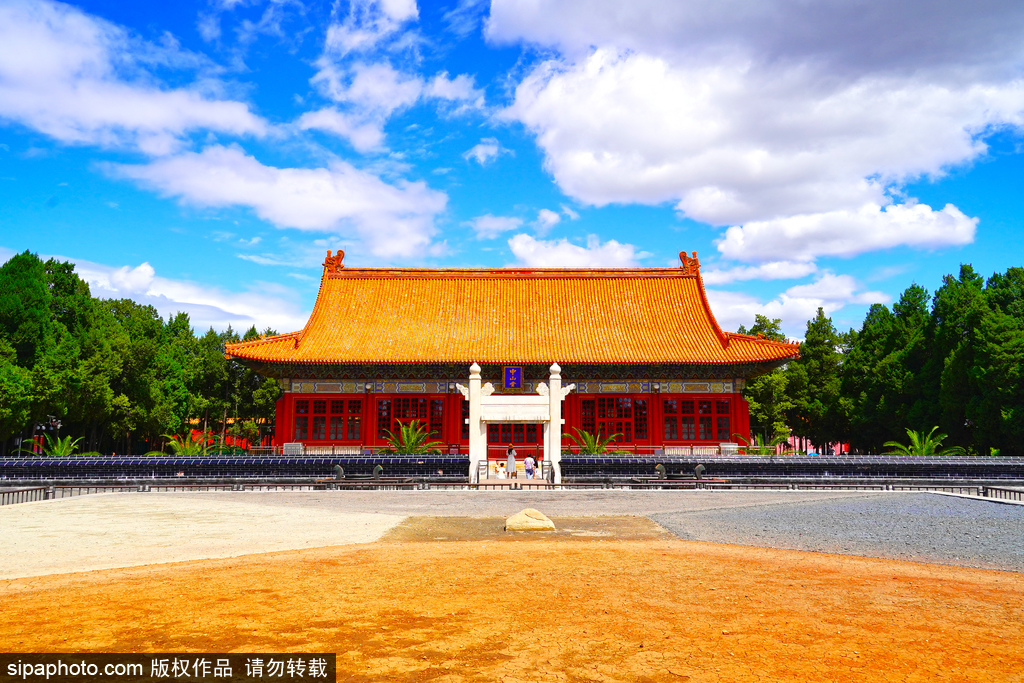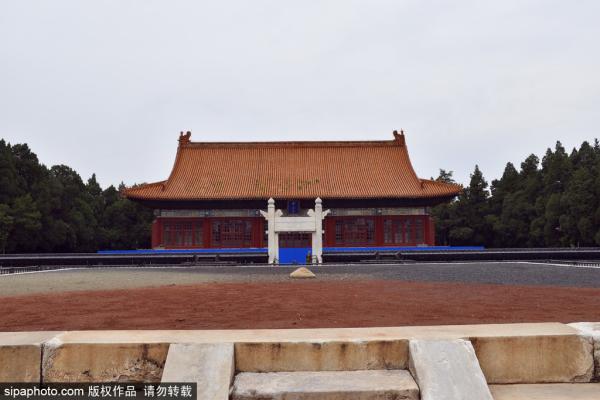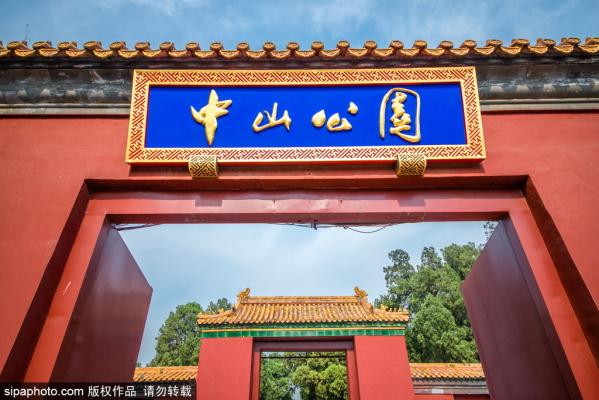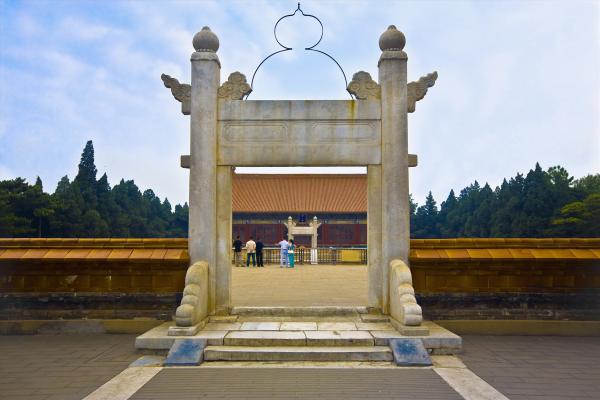Altar of Land and Grain (社稷坛)
As the first imperial building turned into an urban park in Beijing, the Altar of Land and Grain reflects the transformation to the increased public accessibility of Beijing Central Axis.

-
Tel:
+86 10 66055431 -
Best Time to Visit:
June to August -
Duration:
2-3 hours -
Admission:
3 RMB 3 RMB -
Opening Hours:
Apr. 1 to May 31, Sep. 1 to Oct. 31 6:00-21:00
June 1 to August 31 6:00-22:00
Nov. 1 to next Mar. 31 6:30-20:00
Description
Altar of Land and Grain (社稷坛)
The strictly symmetrical layout of the Imperial Ancestral Temple and the Altar of Land and Grain on Beijing Central Axis embodies the ideal capital city's planning paradigm as prescribed in the Kaogongji. The ancestral temple must be built on the left, while the altar of land and grain must be on the right. The Altar of Land and Grain is the most complete extant ancient imperial altar in China that was used to worship Tai She (the God of Land) and Tai Ji (the God of Grain) The altar reflected th...
Read MoreAltar of Land and Grain (社稷坛)
The strictly symmetrical layout of the Imperial Ancestral Temple and the Altar of Land and Grain on Beijing Central Axis embodies the ideal capital city's planning paradigm as prescribed in the Kaogongji. The ancestral temple must be built on the left, while the altar of land and grain must be on the right. The Altar of Land and Grain is the most complete extant ancient imperial altar in China that was used to worship Tai She (the God of Land) and Tai Ji (the God of Grain) The altar reflected the comprehension and worship of land and the desire for the eternity of the country's sovereignty and territorial integrity in traditional Chinese culture. As the first imperial building turned into an urban park in Beijing, the Altar of Land and Grain reflects the transformation to the increased public accessibility of Beijing Central Axis.
Location and Layout
The Altar of Land and Grain is located southwest of the Forbidden City, opposite the Imperial Ancestral Temple symmetrically on both sides of Beijing Central Axis. Two layers of wall encircle it to form a double-walled court-yard. Surrounded by a walled square in the center, the - inner courtyard section served as the space for ritual ceremonies. The inner courtyard walls and the inner low walls both have a door on each side, with the altar standing in the center. In the southwest corner of the inner courtyard are the Divine Storage and the Divine Kitchen. Outside the west wall is the Sacrifice Butchering Pavilion Complex. The outer section is home to 612 ancient cypress trees, giving the imperial altar complexes an atmosphere of solitude. A traditional Chinese garden landscape was created in the outer section after 1914. There are two scenes of rockery in the west and an irregular shaped pond lies in the southwest, with a waterside pavilion and a greenhouse called Tanghuawu.
Architecture and Landscape
The Altar of Land and Grain is the best-preserved ceremonial building complex where ancient Chinese emperors held sacrificial ceremonies in honor of land and grain. The inner and outer courtyard sections and the space encircled by the inner low walls create a three-level layered, sacred atmosphere for sacrificial ceremonies. The inner courtyard section was the core of this sacrificial building complex. Lying from north to south along the Axis in the inner section stand a series of buildings: the South Altar Gate, the South Archway Gate, the Altar, the North Archway Gate, the Worship Hall, the Halberd Gate, and the North Altar Gate. The inner low walls in the inner section stand 1.36 meters tall. In the center of the area encircled by the inner low walls is the Altar of Land and Grain. To the north of the inner low walls is the Worship Hall. The Halberd Gate sits directly north of the Worship Hall, constructed on a brick-and-stone pedestal. In the Ming and Qing dynasties, the North Altar Gate was the entrance for the procession during a sacrificial ceremony. Therefore, it was higher ranked in design than the South Gate.
Functions and Traditions
The Altar of Land and Grain was a place to worship the gods of land and grain in the Ming and Qing dynasties, The gods of land and grain are significant for worshipping activities themselves but also for the state's emphasis on its territory, with symbolic meaning for praying for national stability and prosperity and territorial integrity.
Worshipping the gods of land and grain emphasizes the importance of land and grain for the state and the society and closely connects national and social orders with the man-land relationship. The Altar of Land and Grain was the first imperial temple to be converted into a city park in modern times.
History and Development
The Altar of Land and Grain was first built in 1420, with only the altar in the inner section. During the Ming dynasty, the Sacrifice Butchering Pavilion was added in1433. The Divine Storage and the Divine Kitchen were also built in 1441, followed by the Worship Hall and the Halberd Gate in 1450. Such a planning pattern has been preserved till today, with only the main buildings being repaired during the Qing dynasty. The Altar of Land and Grain was opened to the public as the Central Park on October 10, 1914 and became the first imperial altar in Beijing to transform into an urban park. The Central Park was renamed Zhongshan Park and remains open to the public today. It bears witness to the process of public access to Beijing Central Axis.





